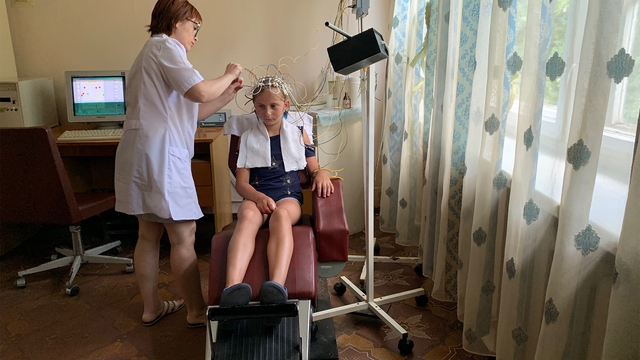Fallout
The Legacy of the Chernobyl Disaster
 Once the site of the world’s worst nuclear accident, Chernobyl is now a major tourist destination, thanks to a wildly popular TV drama. Foreign Correspondent goes beyond the crowds to reveal the secret life inside Chernobyl’s exclusion zone.
Once the site of the world’s worst nuclear accident, Chernobyl is now a major tourist destination, thanks to a wildly popular TV drama. Foreign Correspondent goes beyond the crowds to reveal the secret life inside Chernobyl’s exclusion zone.
Tour buses line up at the exclusion zone's border, while tourists await their turn to be guided through the interior - Geiger counter in hand. "Chernobyl tourism is a very positive, necessary and useful phenomenon", says Alexei, who worked as a nuclear engineer at the time of the accident. "It's useful in the sense of preserving the memory of this event." Three-hundred thousand people were forcibly removed from their villages, but the risk of residual radiation didn’t stop some from returning. Sofia went back to her village in the exclusion zone just two years after the disaster. “Radiation is radiation. It’s an invisible enemy”, the 73-year-old says. Dangerous levels of contamination remain in the ecosystem of northern Ukraine, damaging the environment and putting the area’s inhabitants at risk. Still to this day, thousands of children suffer from radiation-related illnesses. “The soil has to be removed from the polluted territory. Only then the radiation would disappear. That wasn’t done. Everything was left as it was”, says a nurse treating children at a hospital outside Kiev.
FULL SYNOPSIS

